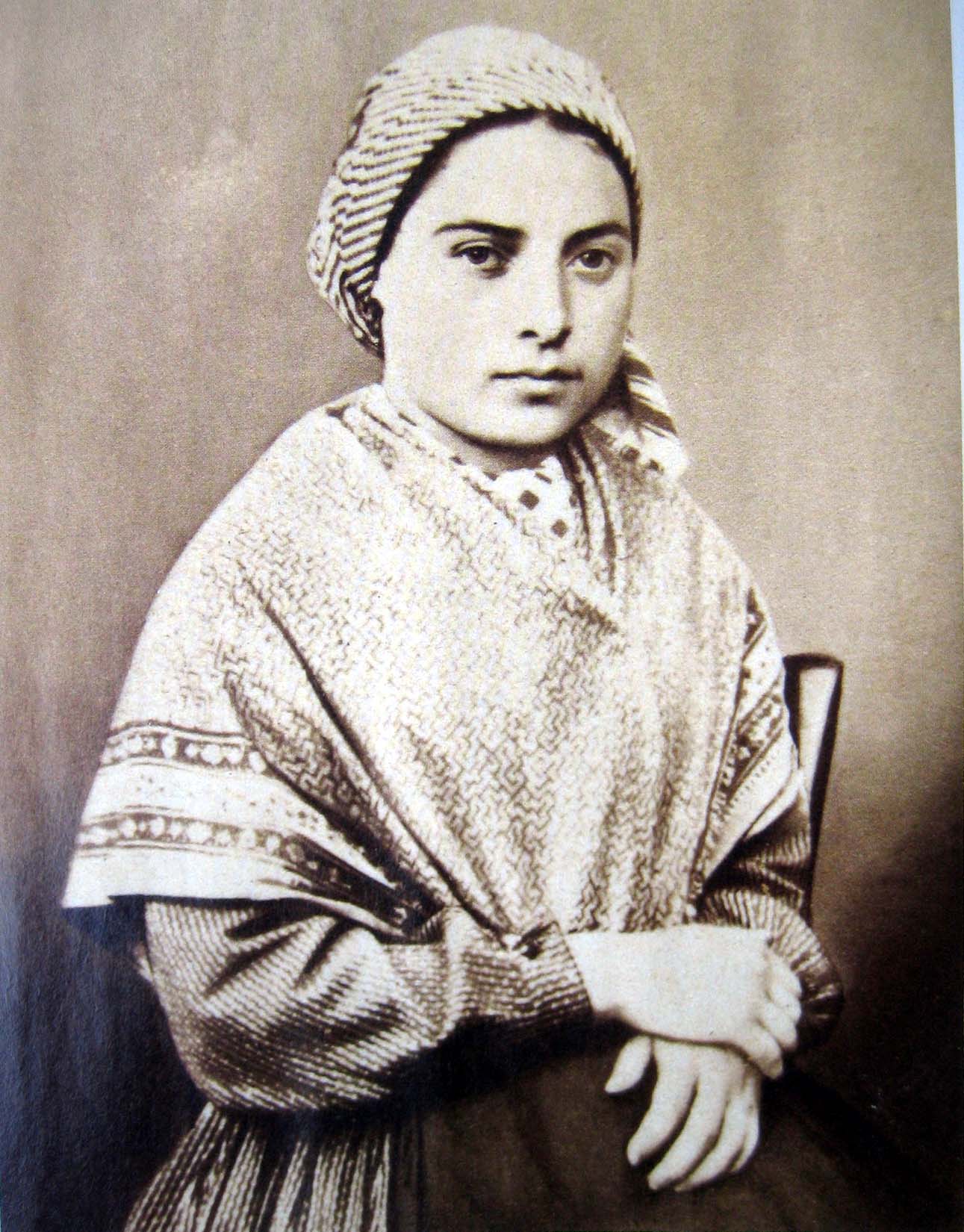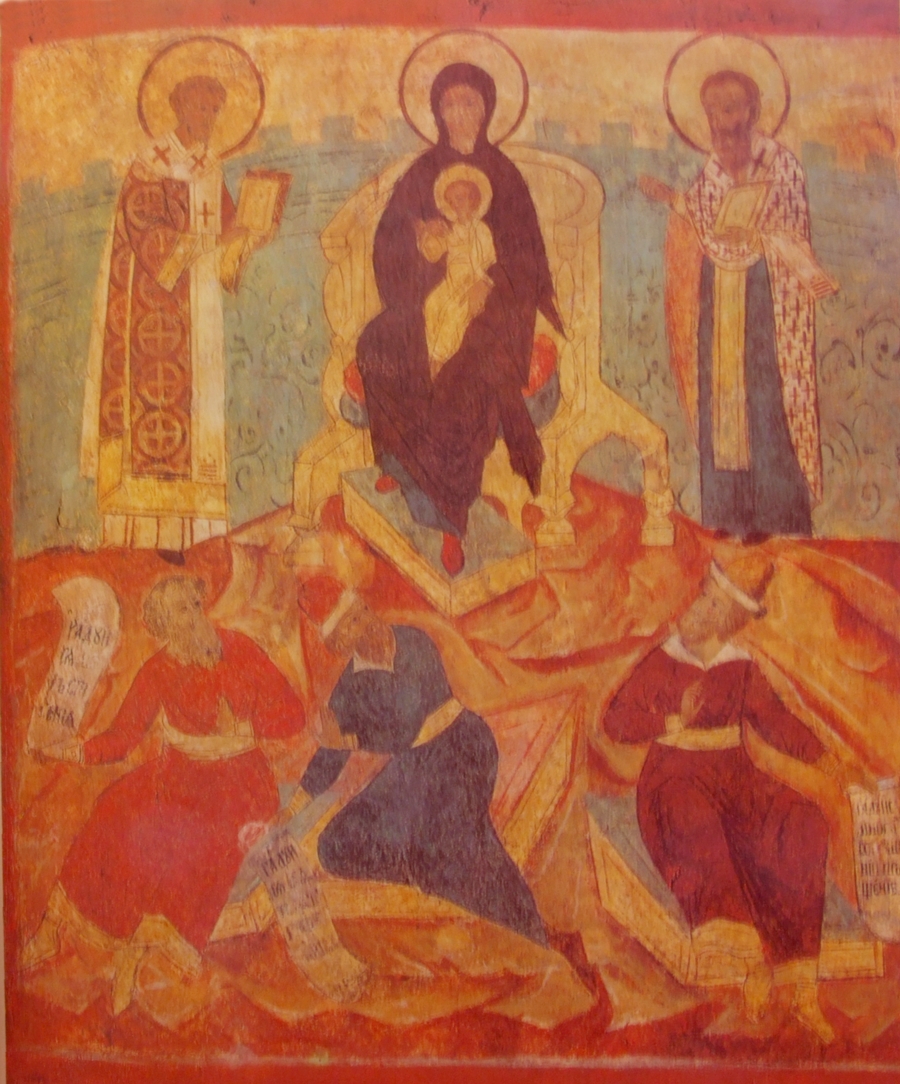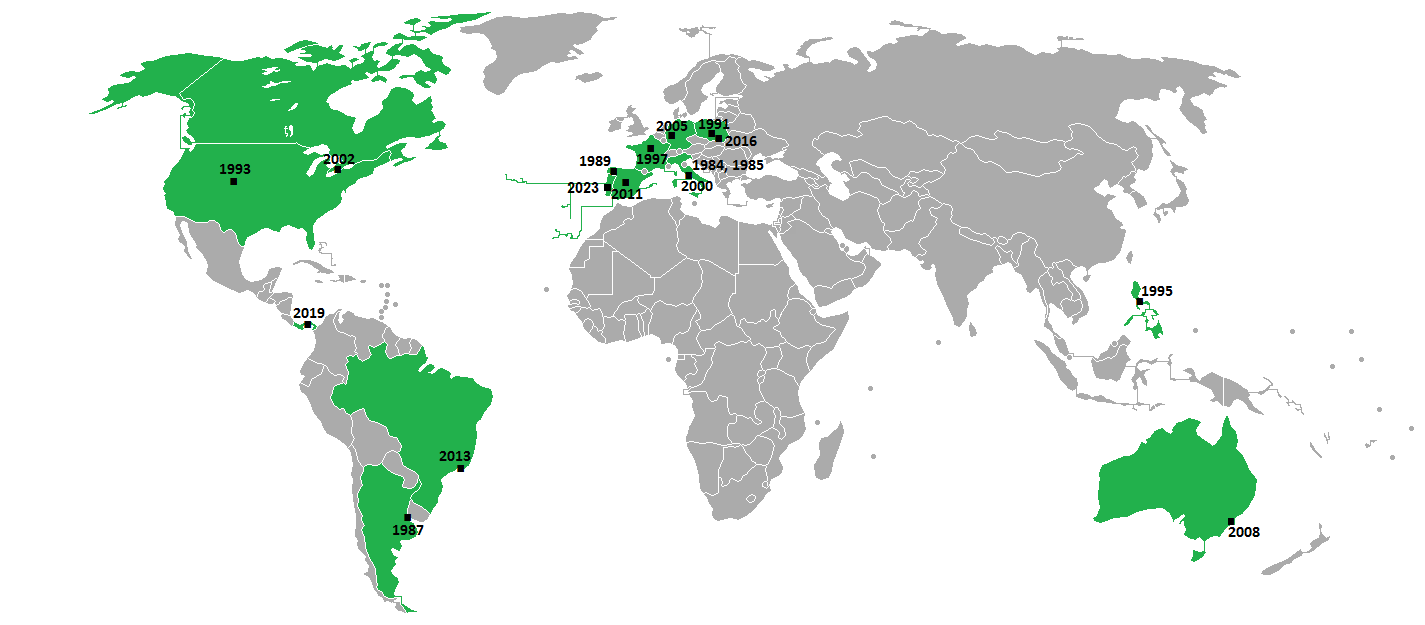|
Indulgentiarum Doctrina
''Indulgentarium Doctrina'' is an apostolic constitution about indulgences issued by Pope Paul VI on 1 January 1967. It responds to suggestions made at the Second Vatican Council, it substantially revised the practical application of the traditional doctrine relating to indulgences.''The encyclopedia of Christianity, Volume 2'' by Erwin Fahlbusch 2001 , page 695 The title is taken from the opening words of the original Latin text. Content Background According to the Catechism of the Catholic Church, "The forgiveness of sin and restoration of communion with God entail the remission of the eternal punishment of sin, but temporal punishment of sin remains." Paul VI explained that sin brings punishments inflicted by God's sanctity and justice, which must be expiated either here on earth or else in the life to come. "These punishments are imposed by the just and merciful judgment of God for the purification of souls, the defense of the sanctity of the moral order and the restoration ... [...More Info...] [...Related Items...] OR: [Wikipedia] [Google] [Baidu] |
Rosary
The Rosary (; la, , in the sense of "crown of roses" or "garland of roses"), also known as the Dominican Rosary, or simply the Rosary, refers to a set of prayers used primarily in the Catholic Church, and to the physical string of knots or beads used to count the component prayers. When referring to the prayer, the word is usually capitalized ("the Rosary", as is customary for other names of prayers, such as "the Lord's Prayer", and "the Hail Mary"); when referring to the prayer beads as an object, it is written with a lower-case initial letter (e.g. "a rosary bead"). The prayers that compose the Rosary are arranged in sets of ten Hail Marys, called "decades". Each decade is preceded by one Lord's Prayer ("Our Father"), and traditionally followed by one Glory Be. Some Catholics also recite the " O my Jesus" prayer after the Glory Be; it is the most well-known of the seven Fátima prayers that appeared in the early 20th century. Rosary prayer beads are an aid for saying these ... [...More Info...] [...Related Items...] OR: [Wikipedia] [Google] [Baidu] |
Apostolic Penitentiary
The Apostolic Penitentiary (), formerly called the Supreme Tribunal of the Apostolic Penitentiary, is a dicastery of the Roman Curia and is one of the three ordinary tribunals of the Apostolic See. The Apostolic Penitentiary is chiefly a tribunal of mercy, responsible for issues relating to the forgiveness of sins in the Catholic Church. The Apostolic Penitentiary has jurisdiction only over matters in the internal forum. Its work falls mainly into these categories: * the absolution of excommunications ''latæ sententiæ'' reserved to the Holy See * the dispensation of sacramental impediments reserved to the Holy See * the issuance and governance of indulgences. The head of the Apostolic Penitentiary, the Major Penitentiary, is one of the few Vatican officials who retain their positions ''sede vacante''. If the Major Penitentiary is a cardinal elector he is one of only three persons in the conclave allowed to communicate with those outside the conclave, so that he can conti ... [...More Info...] [...Related Items...] OR: [Wikipedia] [Google] [Baidu] |
Our Lady Of Lourdes
Our Lady of Lourdes (french: Notre-Dame de Lourdes) is a title of the Virgin Mary. She is venerated under this title by the Roman Catholic church due to her apparitions that occurred in Lourdes, France. The first apparition of 11 February 1858, of which Bernadette Soubirous (age 14) told her mother that a "Lady" spoke to her in the cave of Massabielle ( from the town) while she was gathering firewood with her sister and a friend. Similar apparitions of the "Lady" were reported on 18 occasions that year, until the climax revelation of Our Lady of the Immaculate Conception took place. On 18 January 1862, the local Bishop of Tarbes Bertrand-Sévère Laurence endorsed the veneration of the Blessed Virgin Mary in Lourdes. On 1 February 1876, Pope Pius IX officially granted a decree of canonical coronation to the image as ''Notre-Dame du Saint Rosaire''. The coronation was performed by Cardinal Pier Francesco Meglia at the courtyard of what is now part of the Rosary Basilica on 3 July ... [...More Info...] [...Related Items...] OR: [Wikipedia] [Google] [Baidu] |
Jubilee (Christian)
A jubilee is a special year of remission of sins and universal pardon. In '' Leviticus'', a jubilee year ( he, יובל ''yūḇāl'') is mentioned to occur every 50th year; during which slaves and prisoners would be freed, debts would be forgiven and the mercies of God would be particularly manifest. In Western Christianity, the tradition dates to 1300, when Pope Boniface VIII convoked a holy year, following which ordinary jubilees have generally been celebrated every 25 or 50 years, with extraordinary jubilees in addition depending on need. Catholic jubilees, particularly in the Latin Church, generally involve pilgrimage to a sacred site, normally the city of Rome. The Catholic Church declared the Extraordinary Jubilee of Mercy for 2015–2016. Background In Jewish tradition, the jubilee year was a time of joy, the year of remission or universal pardon. Leviticus 25:10 reads, "Thou shalt sanctify the fiftieth year, and shalt proclaim remission to all the inhabitants of thy la ... [...More Info...] [...Related Items...] OR: [Wikipedia] [Google] [Baidu] |
Paraklesis
A Paraklesis ( el, Παράκλησις, Slavonic: молебенъ) or Supplicatory Canon in the Byzantine Rite, is a service of supplication for the welfare of the living. It is addressed to a specific Saint or to the Most Holy Theotokos whose intercessions are sought through the chanting of the supplicatory canon together with psalms, hymns, and litanies. The most popular Paraklesis is that in which the supplicatory canon and other hymns are addressed to the Most Holy Theotokos (the Mother of God). There are two forms of this service: the ''Small Paraklesis'' (composed by Theosterictus the Monk in the 9th century), and the ''Great Paraklesis'' (composed by Emperor Theodore II Laskaris in the 13th century). During the majority of the year, only the Small Paraklesis to the Theotokos is chanted. However, during the Dormition Fast (August 1—14, inclusive), the Typikon{{Citation needed, date=August 2013 prescribes that the Small and Great Paraklesis be chanted on alternate eveni ... [...More Info...] [...Related Items...] OR: [Wikipedia] [Google] [Baidu] |
Akathistos
An Akathist Hymn ( el, Ἀκάθιστος Ὕμνος, "unseated hymn") is a type of hymn usually recited by Eastern Orthodox or Eastern Catholic Christians, dedicated to a saint, holy event, or one of the persons of the Holy Trinity. The name derives from the fact that during the chanting of the hymn, or sometimes the whole service, the congregation is expected to remain standing in reverence, without sitting down (ἀ-, ''a-'', "without, not" and κάθισις, ''káthisis'', "sitting"), except for the aged or infirm. During Eastern Catholic and Orthodox Christian religious services in general, sitting, standing, bowing and the making of prostrations are set by an intricate set of rules, as well as individual discretion. Only during readings of the Gospel and the singing of Akathists is standing considered mandatory for all. History The Akathist is also known by the first three words of its ''prooimion'' (preamble), ''Têi hypermáchōi strategôi'' (Τῇ ὑπερμάχ� ... [...More Info...] [...Related Items...] OR: [Wikipedia] [Google] [Baidu] |
Eastern Catholic Churches
The Eastern Catholic Churches or Oriental Catholic Churches, also called the Eastern-Rite Catholic Churches, Eastern Rite Catholicism, or simply the Eastern Churches, are 23 Eastern Christian autonomous (''sui iuris'') particular churches of the Catholic Church, in full communion with the Pope in Holy See, Rome. Although they are distinct theologically, liturgically, and historically from the Latin Church, they are all in full communion with it and with each other. Eastern Catholics are a distinct minority within the Catholic Church; of the 1.3 billion Catholics in communion with the Pope, approximately 18 million are members of the eastern churches. The majority of the Eastern Catholic Churches are groups that, at different points in the past, used to belong to the Eastern Orthodox Church, the Oriental Orthodoxy, Oriental Orthodox churches, or the historic Church of the East; these churches had various Schism in Christianity, schisms with the Catholic Church. The Eastern Catho ... [...More Info...] [...Related Items...] OR: [Wikipedia] [Google] [Baidu] |
Latin Rite
Latin liturgical rites, or Western liturgical rites, are Catholic rites of public worship employed by the Latin Church, the largest particular church ''sui iuris'' of the Catholic Church, that originated in Europe where the Latin language once dominated. Its language is now known as Ecclesiastical Latin. The most used rite is the Roman Rite. The Latin rites were for many centuries no less numerous than the liturgical rites of the Eastern Catholic Churches, Eastern autonomous particular churches. Their number is now much reduced. In the aftermath of the Council of Trent, in 1568 and 1570 Pope Pius V suppressed the breviary, breviaries and missals that could not be shown to have an antiquity of at least two centuries (see Tridentine Mass and Roman Missal). Many local rites that remained legitimate even after this decree were abandoned voluntarily, especially in the 19th century. In the second half of the 20th century, most of the religious orders that had a distinct liturgical rit ... [...More Info...] [...Related Items...] OR: [Wikipedia] [Google] [Baidu] |
Week Of Prayer For Christian Unity
The Week of Prayer for Christian Unity is an ecumenical Christian observance in the Christian calendar that is celebrated internationally. It is kept annually between Ascension Day and Pentecost in the Southern Hemisphere and between 18 January and 25 January in the Northern Hemisphere. It is an octave, that is, an observance lasting eight days. The Week of Prayer for Christian Unity is annually coordinated by the World Council of Churches, with participation by its member Churches, which include the Assyrian Church of the East, the Oriental Orthodox Churches, the Eastern Orthodox Churches, the Old Catholic Church, the Moravian Church, the Lutheran Churches, the Anglican Communion, the Mennonite Churches, the Methodist Churches and the Reformed Churches, as well as the Baptist Churches and the Pentecostal Churches. The Roman Catholic Church, which is an observer in the World Council of Churches, celebrates the Week of Prayer for Christian Unity. Beginnings The Week of Prayer for ... [...More Info...] [...Related Items...] OR: [Wikipedia] [Google] [Baidu] |
Retreat (spiritual)
The meaning of a spiritual retreat can be different for different religious communities. Spiritual retreats are an integral part of many Hindu, Jewish, Buddhist, Christian and Sufi communities. In Hinduism and Buddhism, meditative retreats are seen by some as an intimate way of deepening powers of concentration and insight. Retreats are also popular in Christian churches, and were established in today's form by St. Ignatius of Loyola (14911556), in his Spiritual Exercises. Ignatius was later to be made patron saint of spiritual retreats by Pope Pius XI in 1922. Many Protestants, Catholics and Orthodox Christians partake in and organize spiritual retreats each year. Meditative retreats are an important practice in Sufism, the mystical path of Islam. The Sufi teacher Ibn Arabi's book ''Journey to the Lord of Power (Risālat al-Anwār)'' is a guide to the inner journey that was published over 700 years ago. Buddhism A retreat can either be a time of solitude or a commun ... [...More Info...] [...Related Items...] OR: [Wikipedia] [Google] [Baidu] |
World Youth Day
World Youth Day (WYD) is an event for young people organized by the Catholic Church that was initiated by Pope John Paul II in 1985, sometimes nicknamed in later years as the "Catholic Woodstock". Its concept has been influenced by the Light-Life Movement that has existed in Poland since the 1960s, where during summer camps Catholic young adults over 13 days of camp celebrated a "day of community". For the first celebration of WYD in 1986, bishops were invited to schedule an annual youth event to be held every Palm Sunday in their dioceses. It is celebrated at the diocesan level annually—in most places on Palm Sunday from 1986 to 2020, and from 2021 on Christ the King Sunday—and at the international level every two to three years at different locations. The 1995 World Youth Day closing Mass in the Philippines set a world record for the largest number of people gathered for a single religious event with 5 million attendees— a record surpassed when 6 million attended a Mass ... [...More Info...] [...Related Items...] OR: [Wikipedia] [Google] [Baidu] |
.jpg)







